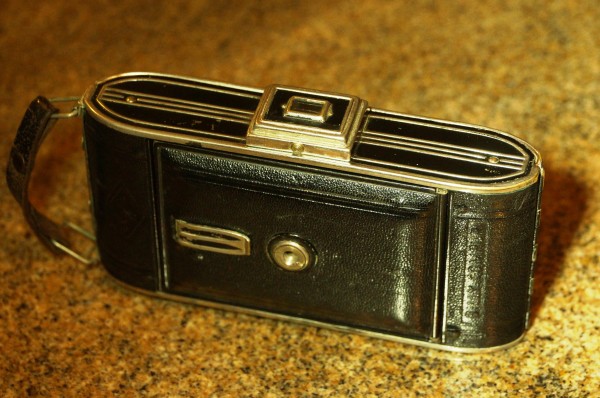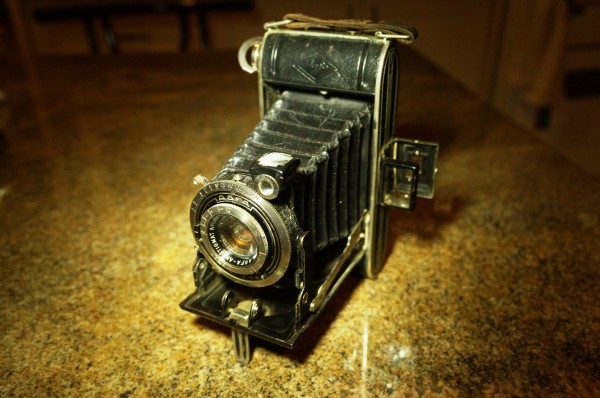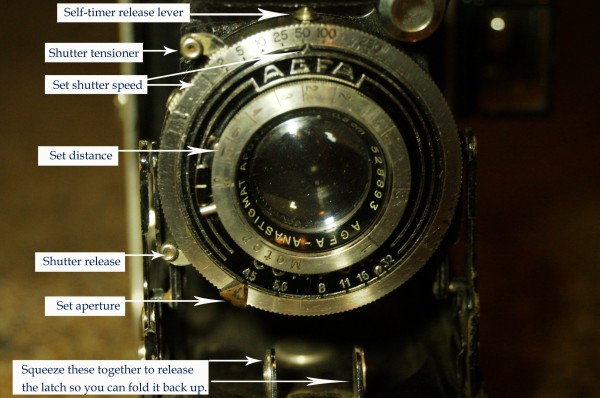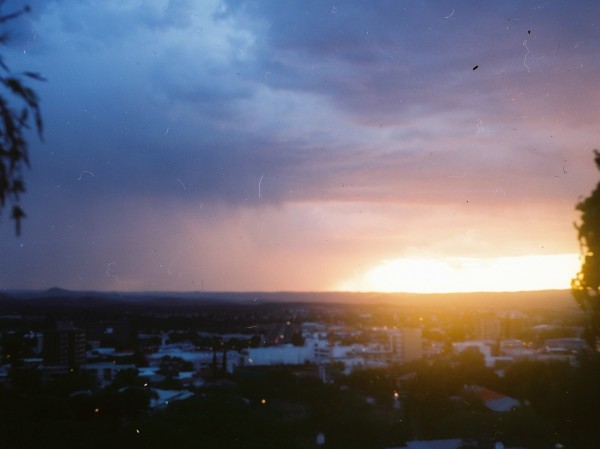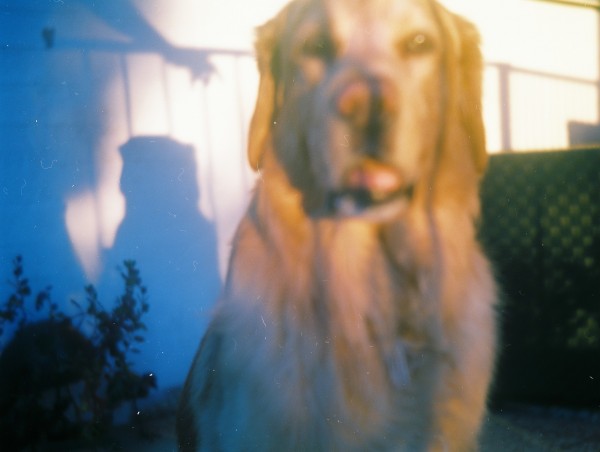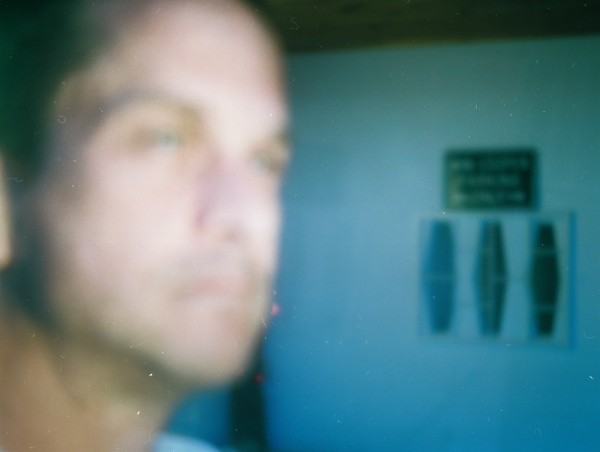The latest addition to my small but growing vintage camera collection arrived recently. It’s an Agfa Billy Compur judging from the name imprinted on the leather surrounding the case, and it was manufactured sometime between 1934 and 1942. It’s a pretty slick little camera, but unfortunately a manual is pretty hard to come by on the internet. So once I figured out how it works, I figured I’d share. A similar camera manual can be found at this link. The camera has a bunch of little knobs and latches that look a lot like the little knobs that you’d use to wind a watch. On top is a viewfinder that pops up when you push the knob, and you pull two knobs on the side of the case to open the camera to load the 120 film. The film seems to load upside-down from other cameras of this type I’ve seen, but the main thing is that the empty spool needs to be on the side where the film winding knob is, and the film roll goes on the other side.
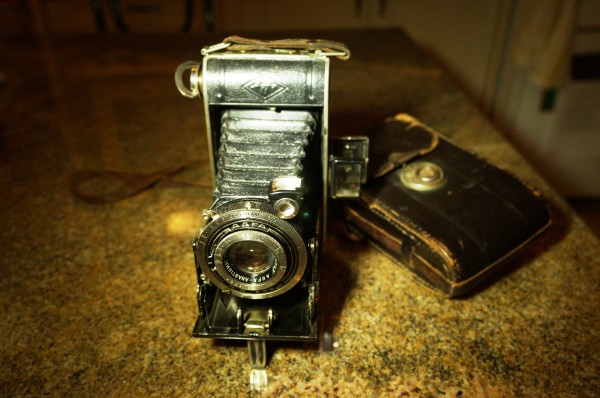
Yet another button on the bottom of the case releases the cover and allows the lens and bellows to emerge. The metal piece on the cover folds out to support the camera in “portrait” format. There’s a rotating piece on top of the lens assembly that is a super-powerful magnifying glass with a mirror inside – we couldn’t figure it out at first, but it’s called a “brilliant finder.” You rotate it so the rectangular lens is pointing upward, depending on the orientation you hold the camera – and if you hold the camera at waist level, you can look down through the finder and make out the scene the camera’s lens is pointing at.
At this point we were a bit confused as to how to collapse the camera again, searching all over for another button or hidden lever. Finally, we discovered that if you squeeze together the two medal pieces on the cover (see image below), that releases the latches that let you close the camera.
Another feature on the camera allow you to set the aperture, from f4.5 to f32. With the advent of digital cameras, where setting the aperture causes the camera to automatically change other settings, I’m not really clear on how to use this feature. You can twist another ring on the lens assembly to set the distance from the camera to the subject – from 1 meter to infinity – which I understand to be a focus function. Finally, you can set the shutter speed – from 1 second to 1/250, with an additional “B” setting for time exposures. The shutter is tensioned with one lever, and another lever releases the shutter. It took awhile to figure out what the extra button near the shutter tensioner does. Holding down this button allows you to move the shutter tensioner beyond its normal stopping position, so that when you release the shutter, a timer is engaged, which delays the shutter action for about 3-4 seconds.
I’ve had the opportunity to take the camera out for a spin with a roll of black and white film. Unfortunately, it doesn’t seem that anyone in Namibia develops black and white 120 film, so we will have to wait about 3 weeks before we’ll know if the camera works.
Addendum: While I’m waiting for the b/w film to return from the US, I snapped some photos with a roll of color. Results were disappointing – though the bellows appear to be intact and lighting is good, nothing appears to be in focus. I know some people spend money to buy a plastic lens for this effect, but I want sharper photos. Any suggestions welcome.

